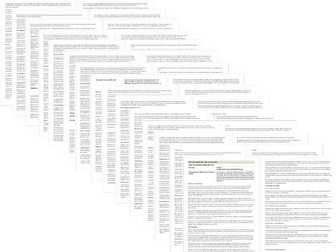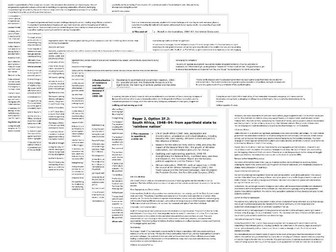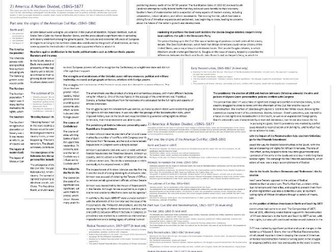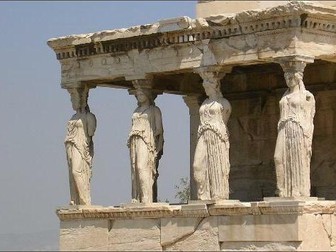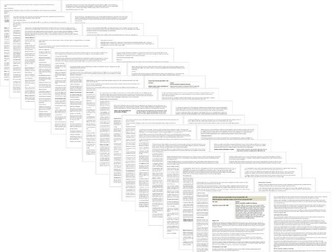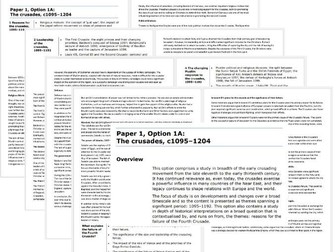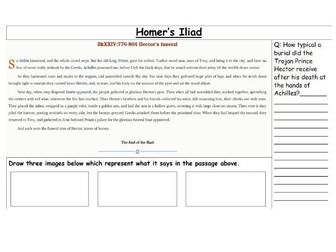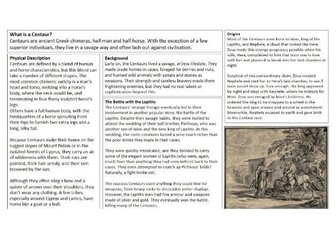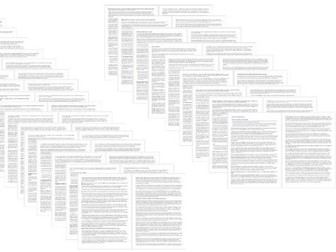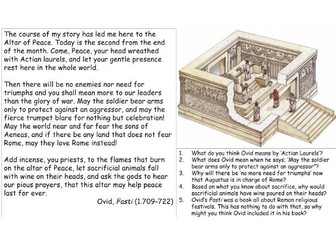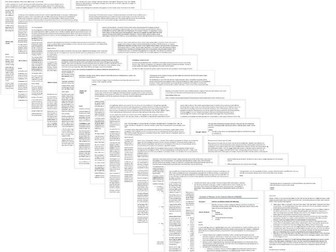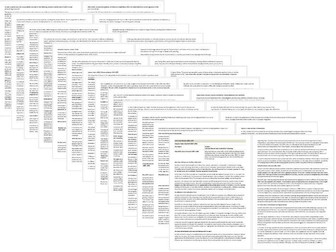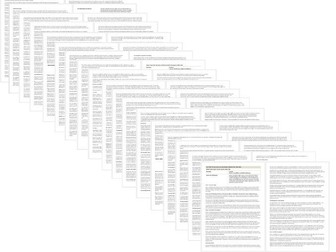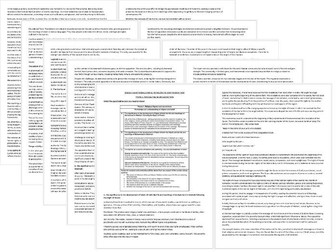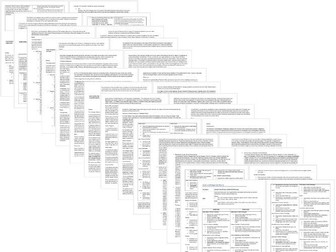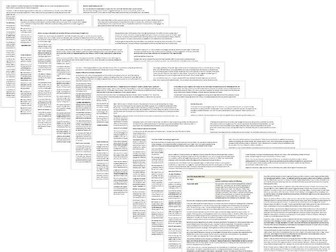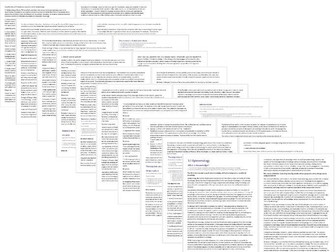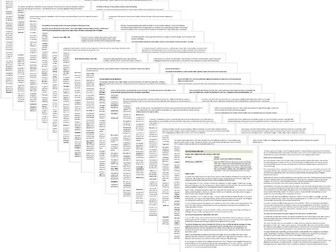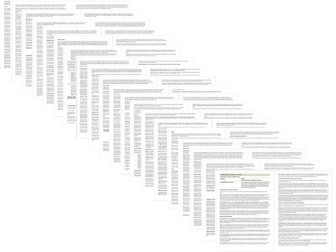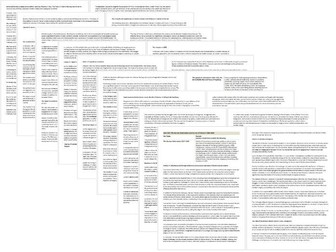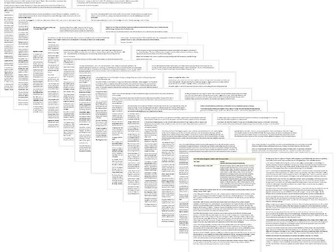
Unit Y106 England 1485–1558 the Early Tudors OCR A Level History course / revision notes
These detailed course / revision notes were specially written to give OCR A Level History students a comprehensive overview of the key knowledge from the specification for Unit Y106: England 1485–1558: the Early Tudors
British Period Study England 1485–1547
a) The government of Henry VII and threats to his rule
b) Henry VII’s foreign policy
c) Henry VIII and Wolsey
d) The reign of Henry VIII after 1529
Enquiry Topic: Mid Tudor Crises 1547–1558
a) The stability of the monarchy
b) Religious changes
c) Rebellion and unrest
These extensive notes are especially useful for students whose note-taking in lesson isn’t as good as others, or whose organisational skills mean they are missing notes/handouts on certain topics/areas. These notes will certainly help reduce the time it takes them to catch up with their peers, and also students like to use these as a checklist of topics to go into in further detail.
Hopefully these notes help to save your students (and you!) some time in the hectic run up to exams. Thanks for taking a look :)
